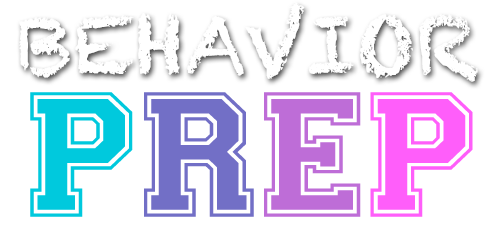F.6. Design and evaluate functional analyses
A functional analysis is a systematic assessment procedure used in applied behavior analysis (ABA) to identify the function(s) of problem behavior. It involves manipulating antecedent and consequent variables to determine their impact on the occurrence of the behavior. The goal of a functional analysis is to identify the specific environmental events or conditions that maintain or influence the problem behavior.
There are four common conditions used in a functional analysis:
Alone Condition
Alone Condition
In this condition, the individual is left alone in a controlled environment without any social or tangible interactions. The purpose of this condition is to assess if the problem behavior occurs in the absence of social or environmental triggers.
Example: A child is placed in a room with a few toys and no access to social interaction or attention from others. The BCBA observes if the problem behavior occurs during this condition.
Attention Condition
In the attention condition, the BCBA provides social attention or interaction to the individual following the occurrence of the problem behavior. The purpose is to determine if the behavior is maintained by attention-seeking.
Example: The BCBA provides attention (e.g., verbal praise, eye contact) to a child after they engage in the problem behavior, such as tantrums or aggression. The BCBA records if the behavior increases in frequency or intensity in the presence of attention.
Escape/Avoidance Condition
The escape/avoidance condition involves presenting demands or tasks to the individual and allowing them to escape or avoid those demands by engaging in the problem behavior. The purpose is to assess whether the behavior is maintained by escaping or avoiding aversive tasks or situations.
Example: The BCBA presents a task (e.g., academic assignment, cleaning activity) to a student. If the student engages in problem behavior, the task is removed or postponed. The BCBA observes if the behavior increases to escape or avoid the demand.
Play
The play condition provides the individual with free access to all items without demands. It is the control condition. Behaviors in this condition should be very low.
Example: In the play condition, the BCBA provides the child with free access to his favorite toys, snacks, and attention without placing any demands or instructions. If the child engages in the target behavior, the BCBA does not respond and continues providing a fun, relaxed environment. This condition helps identify whether the child’s challenging behavior decreases when all his needs are met, suggesting no specific reinforcement is driving the behavior.
Each condition of the functional analysis is designed to manipulate specific environmental variables to determine their influence on the occurrence of the problem behavior. The data collected during each condition helps identify the function(s) of the behavior, such as attention-seeking, escape/avoidance, access to tangibles, or automatic reinforcement. This information is essential for developing effective behavior intervention strategies that address the underlying function of the problem behavior and promote more adaptive and socially acceptable alternatives.
